- Class 1 and 2 e-bikes assist up to 20 mph, while Class 3 assists up to 28 mph.
- U.S. e-bikes are usually limited to 750W motors, while Europe caps most at 250W and 25 km/h (15.5 mph).
- Bikes like the Stealth B52 (6000W) and Swind EB-01 (15,000W) exceed legal limits and are for private land use only.
ADVERTISEMENT
How fast do electric bikes go? Electric bicycles are generally broken down into three classes.
| Class | Description | Max Speed |
| Class 1 | Pedal-assistance with motor power | Up to 20 mph |
| Class 2 | Pedal-assistance or throttle use | Up to 20 mph |
| Class 3 | Pedal-assistance with higher speed limit | Up to 28 mph |
Class 1 e-bikes can provide electrical motor power pedal-assistance up to 20 mph. Class 2 e-bikes can provide pedal-assistance or use a throttle at up to 20 mph. Class 3 e-bikes can provide pedal-assistance up to 28 miles per hour.
The three-class system came from a consortium of electric bicycle-industry players who initially proposed this to California to classify the different types of e-bikes that can be legally ridden. California ratified it, then other states followed suit. At present, 34 states use all or part of the same legislation.
Most states cap the motor power at 750W (1 hp), but some allow up to 1000W for use on public roads and bike paths. In general, Class 2 and Class 3 bikes are allowed in bike lanes, but shared-use trails and single track trails are limited to Class 1.
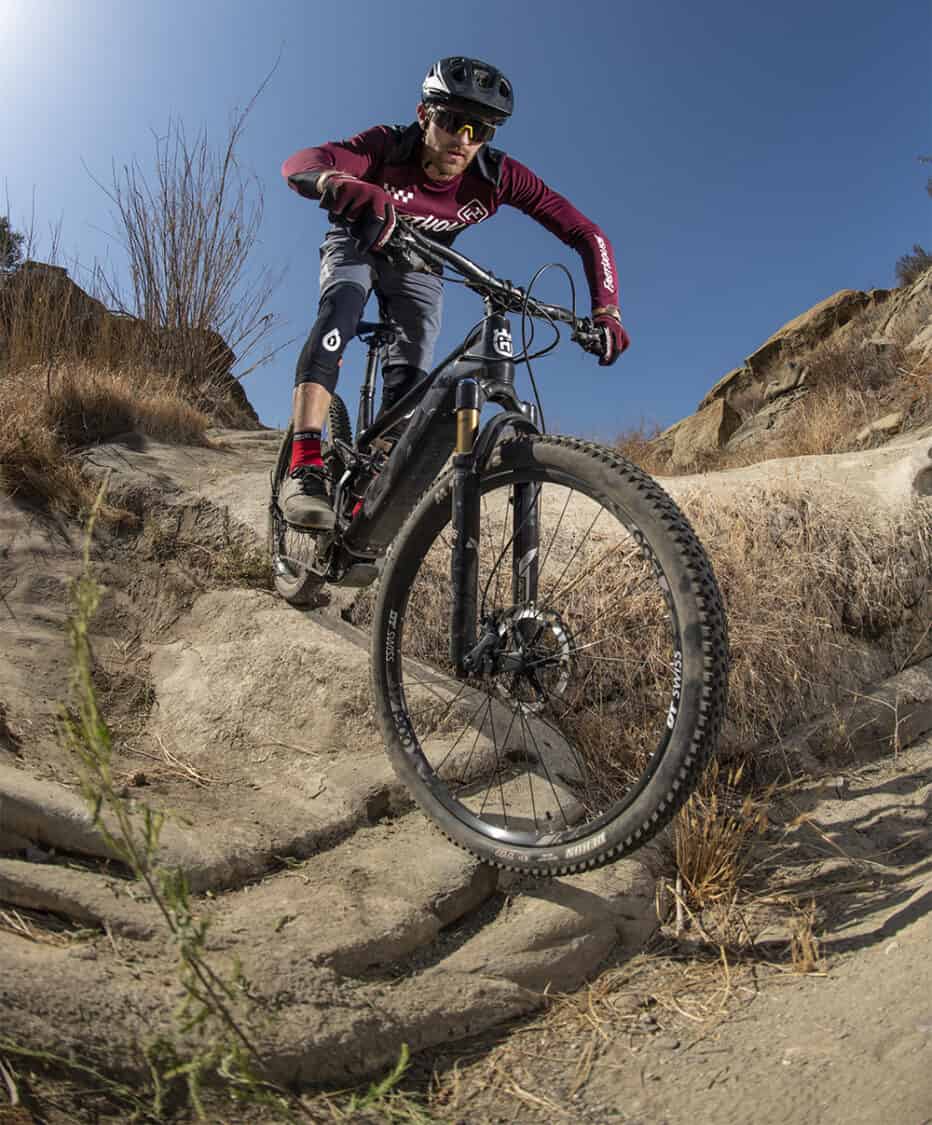
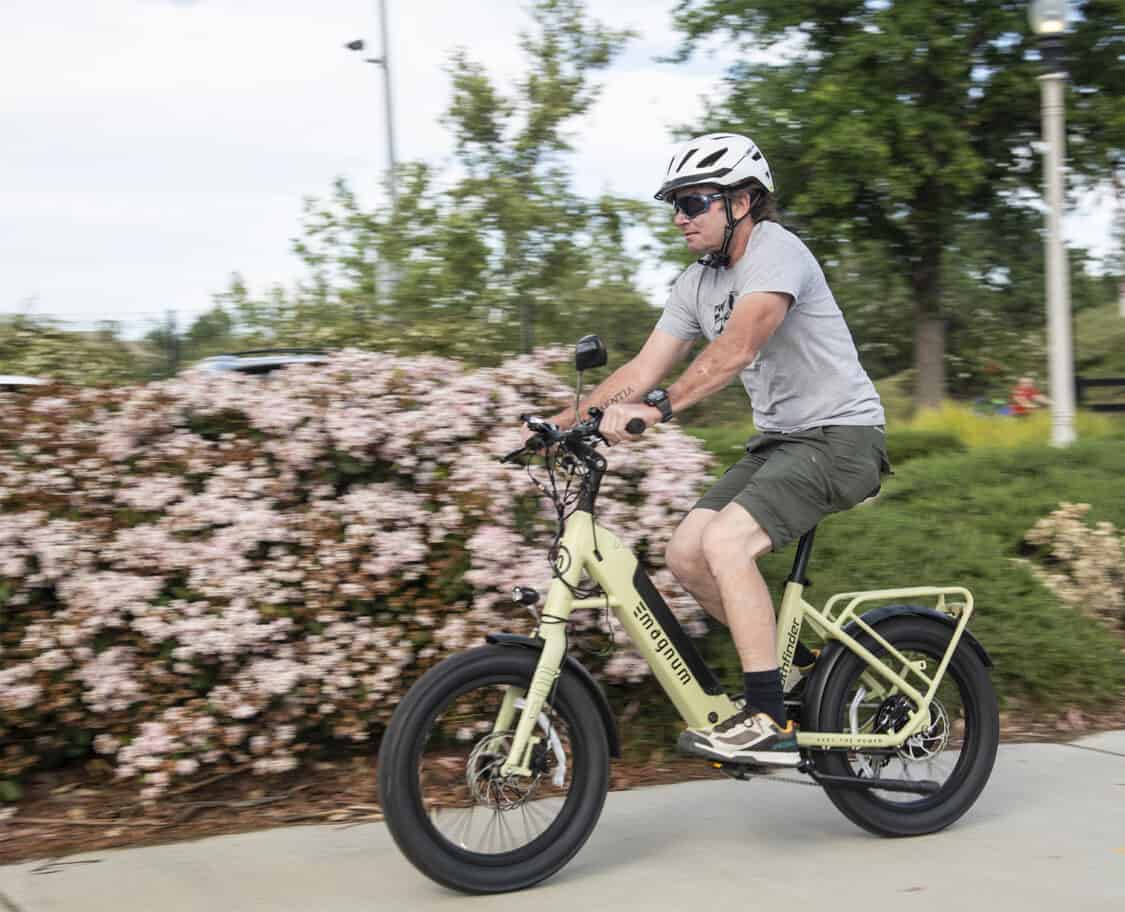
In Europe, e-bikes are limited to 25 km/h (15.5 mph) as a bicycle, and speed pedelecs (Class 3, 28 mph) commuter bikes are allowed in some countries. Most are limited to 250W motors. Different countries have their own additional rules.
The maximum speeds on each of the classes means that manufacturers must have sensors in place to cut power to the motor at that speed. A rider can certainly pedal faster than that if they are able, it will just be without assistance from the motor.
There are ways to trick the sensors into letting the motor provide assistance at faster speeds, and some third-party companies make software to override these limits, but I’d never suggest that. In most cases, that will void your warranty at least, and may get you in trouble with Johnny Law, or put you in jeopardy by putting stresses on the mechanical parts (e.g. brakes) that they weren’t designed for.
France takes a particularly serious stance on this, with a fine of €25,000 for modifying your motor. Ouch.
ADVERTISEMENT
There are some bikes, like those made by Vintage Cycles or Hi Power Cycles, that natively go faster than even class 3 bikes, usually with a motor way more powerful than 1000W. Legally, these bikes can only be ridden on private land.
Two extreme examples of out-of-class electric “bicycles” are the Stealth B52 and the Swind EB-01. They’re essentially light motorcycles that have pedals on them to try to classify them as a bicycle or moped. The former has a 6000W motor, while the latter has a whopping 15,000W.
The Swind is the one that Simon Cowell famously crashed and broke his back. I reviewed that bike, and it is hands-down the scariest bike I’ve ever ridden. I’m not at all surprised that Cowell flipped off the back of that bike, it’s hard to keep the front wheel down.
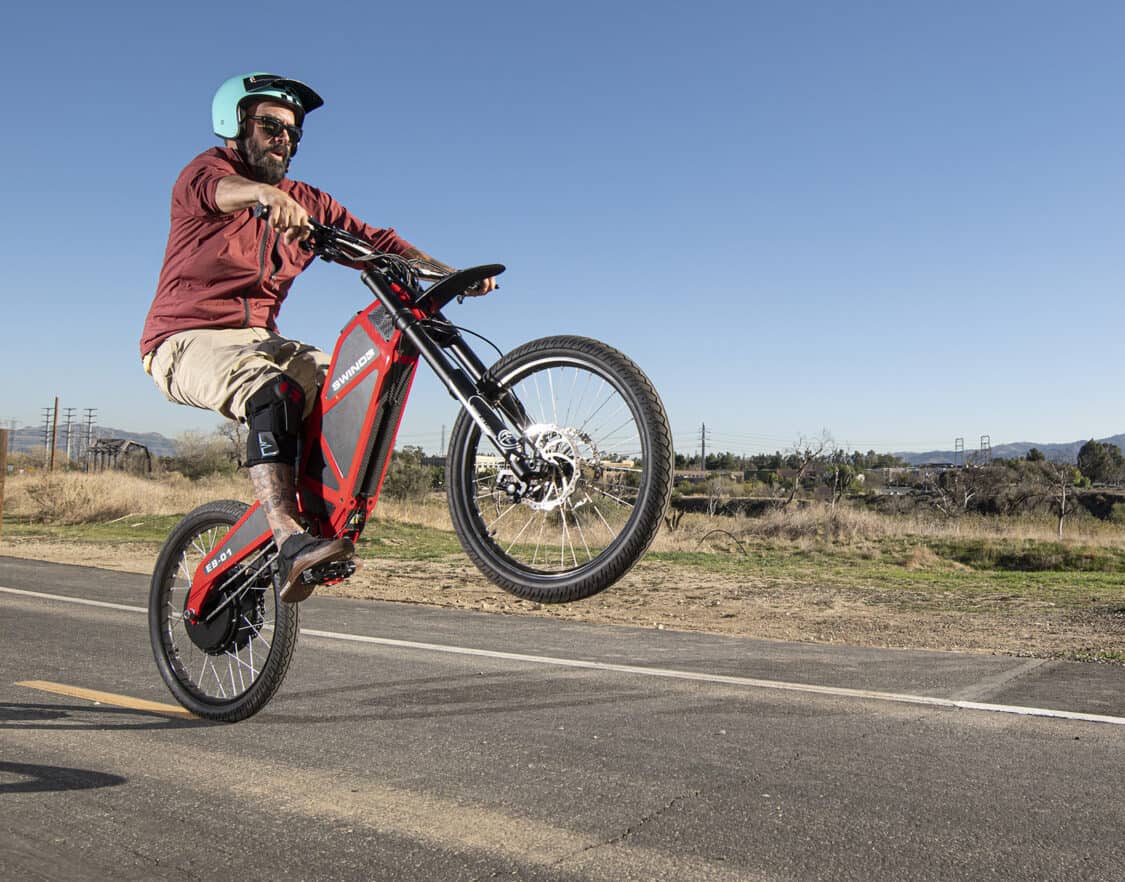
As always, check your state and local laws for e-bikes. Your local e-bike retailer should be familiar with them.

IMAGES: TONY DONALDSON
FTC: We use income-earning auto affiliate links. Learn more.


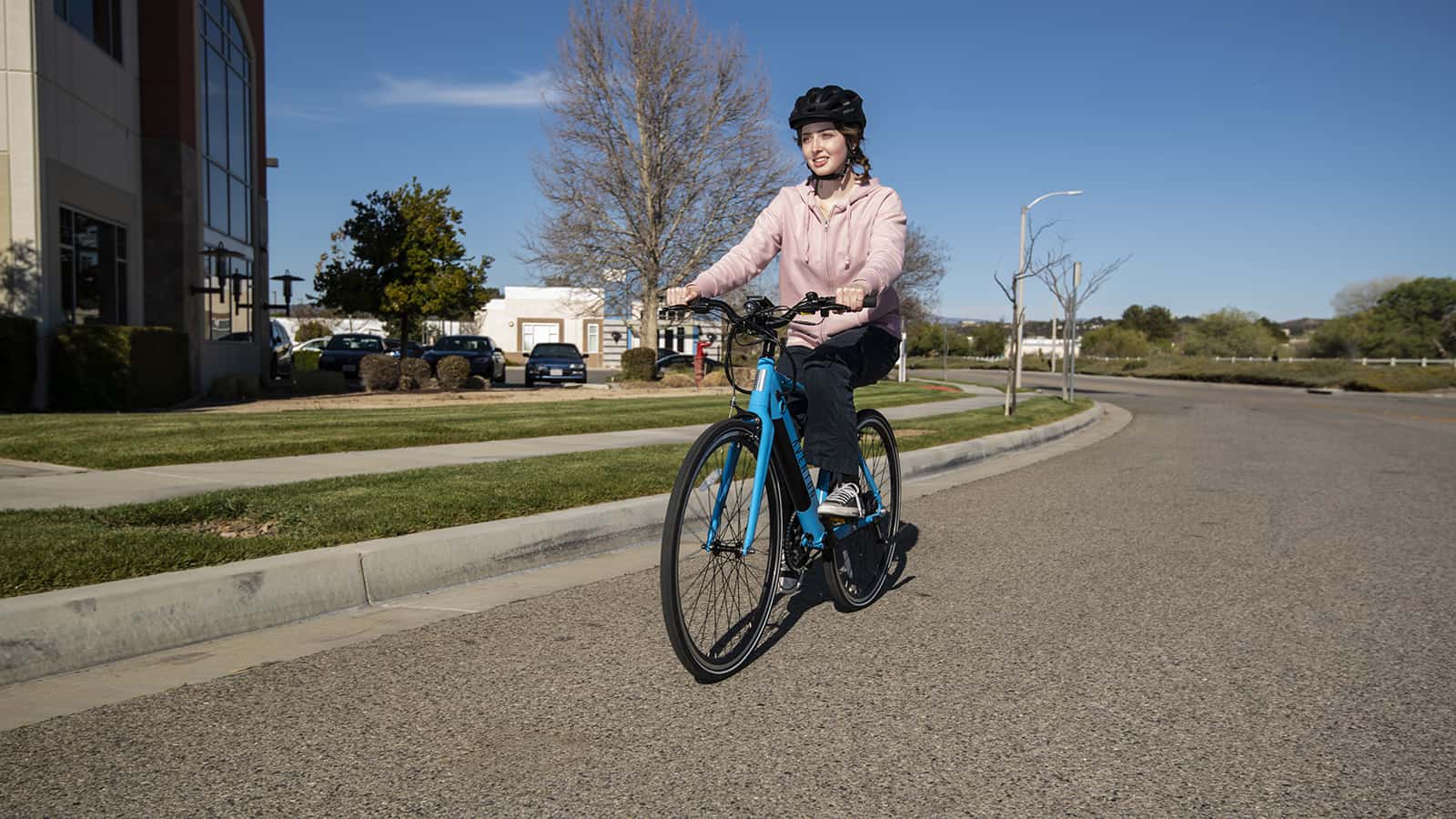


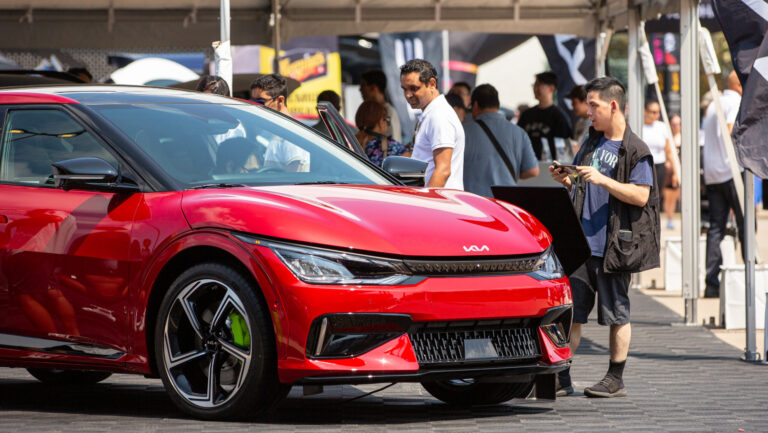
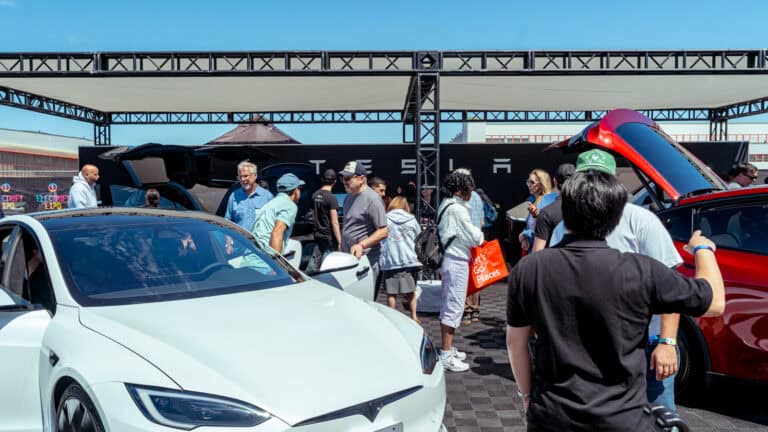
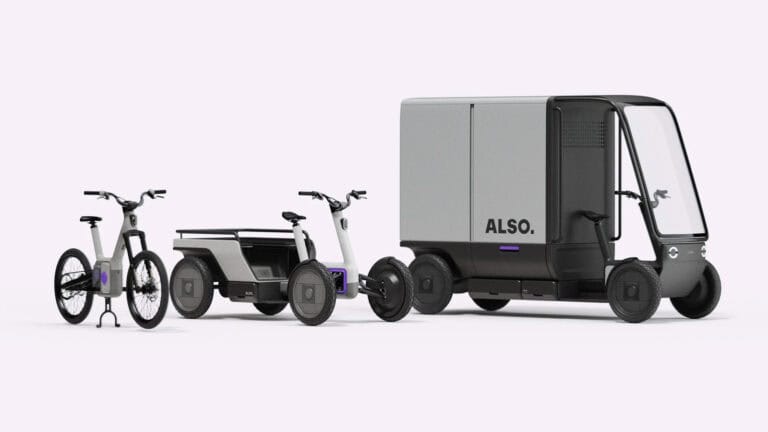
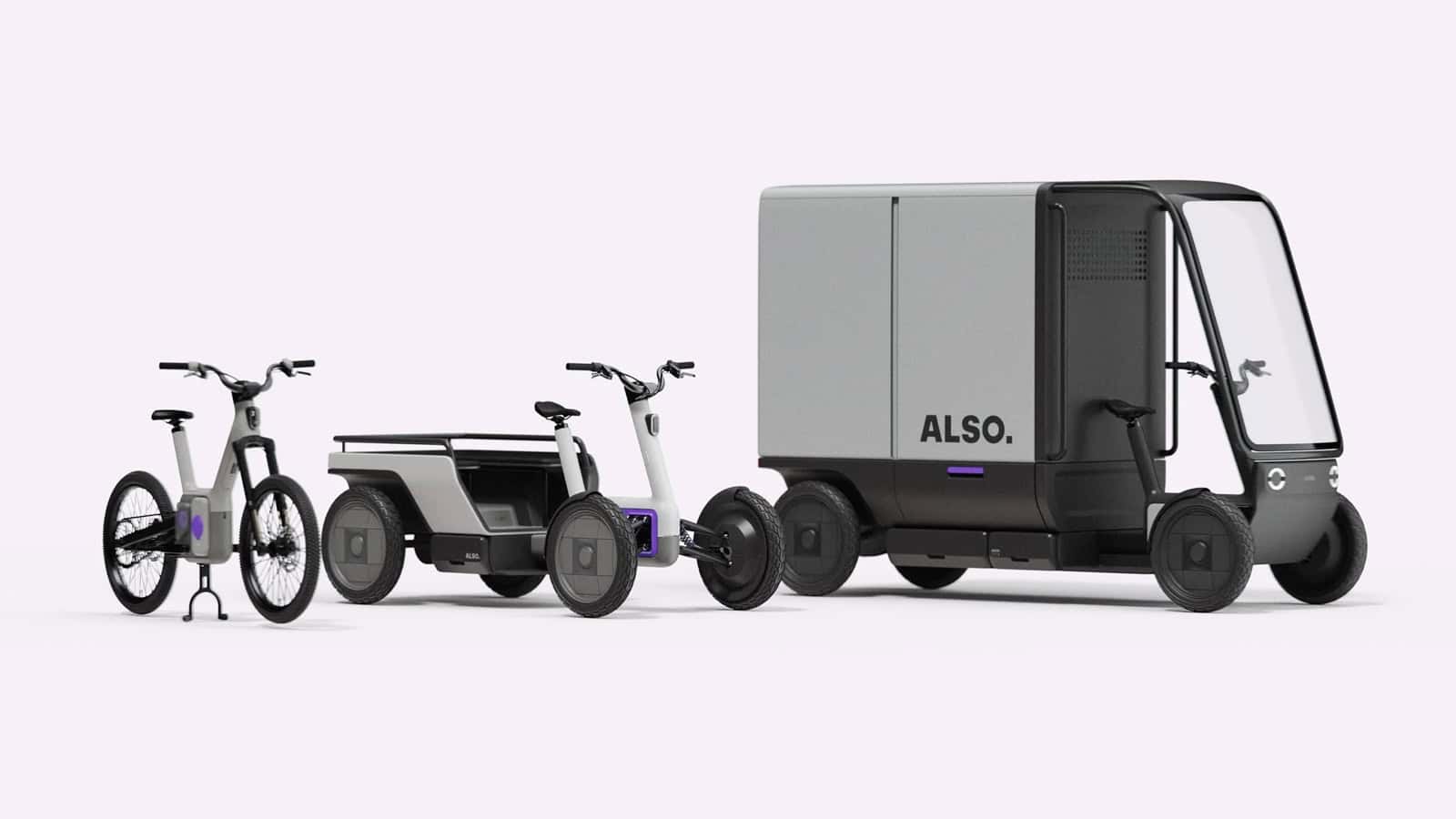

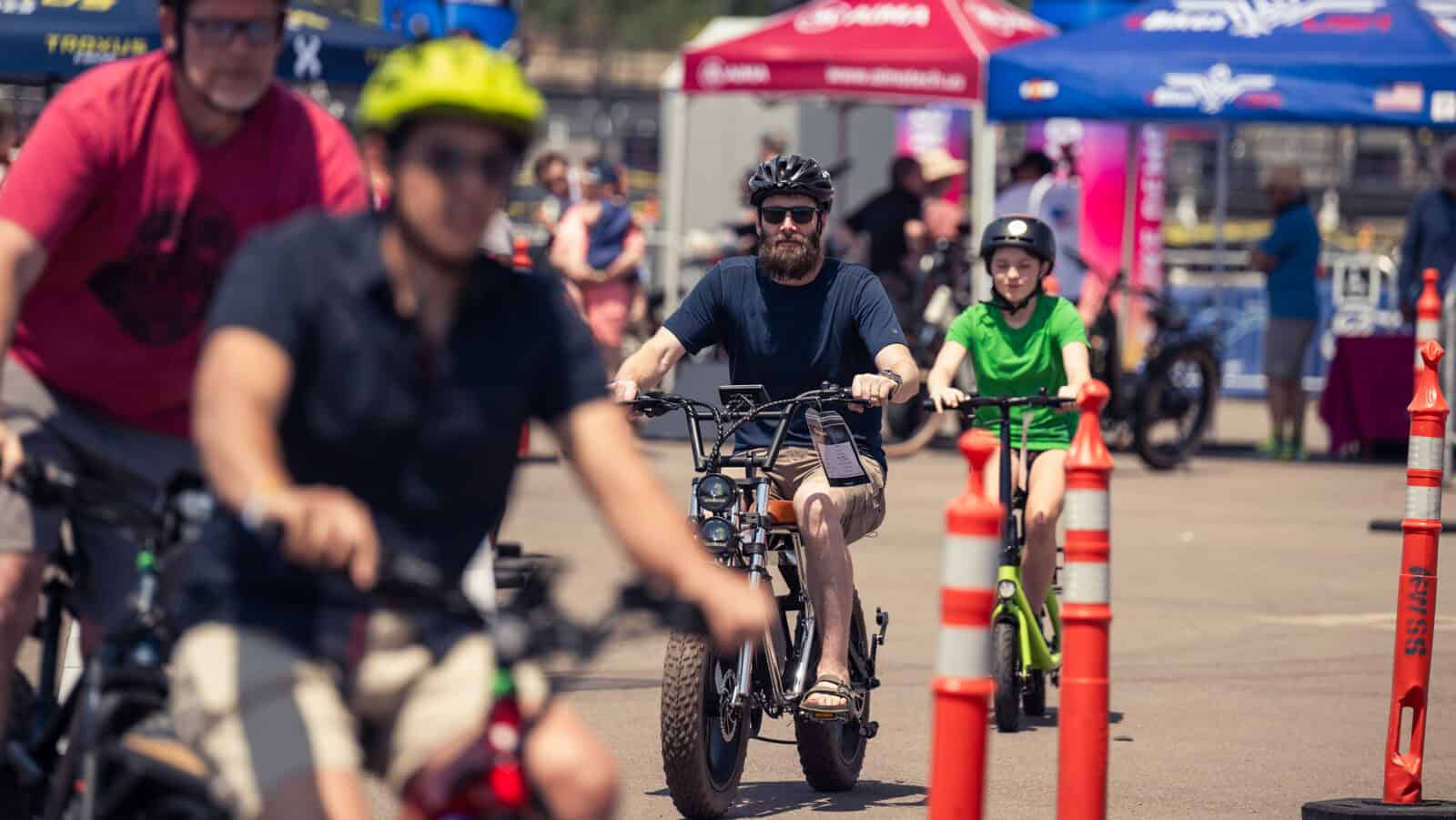

One Response
I’m wanting to buy one – but not on line -please can you assist.